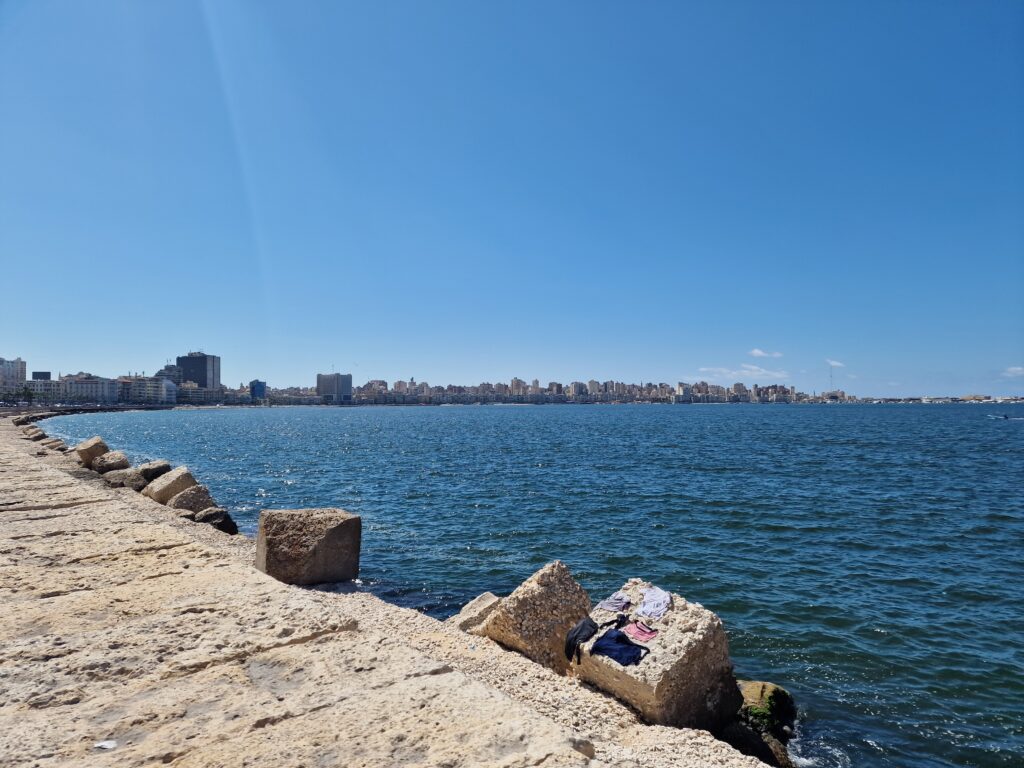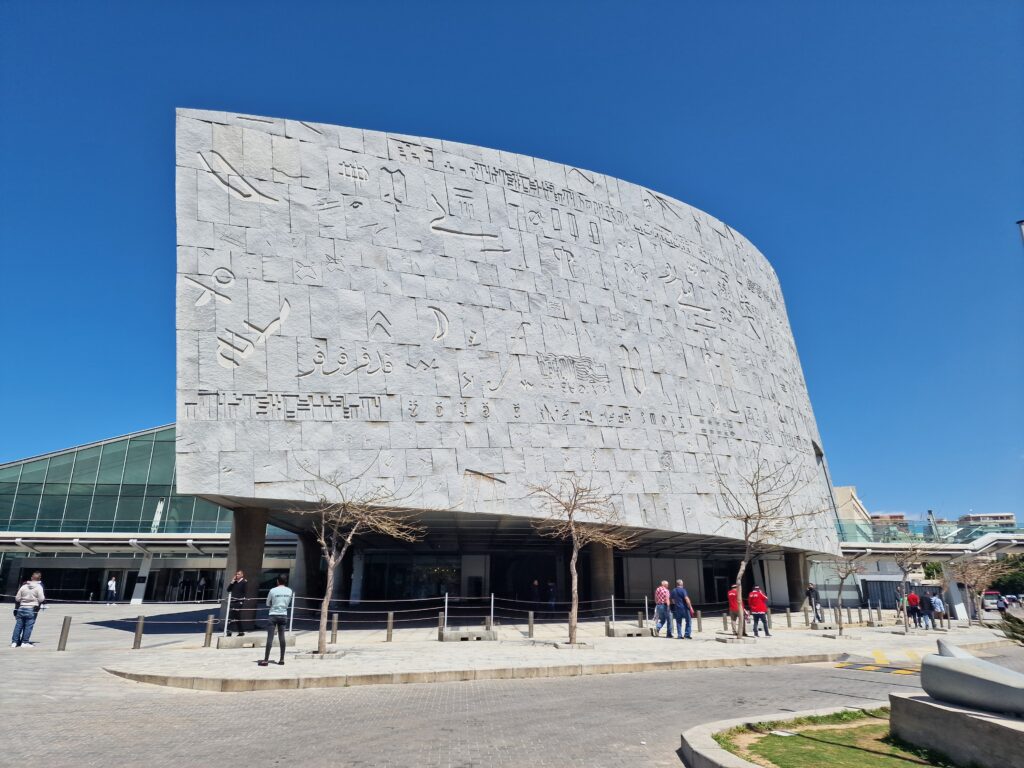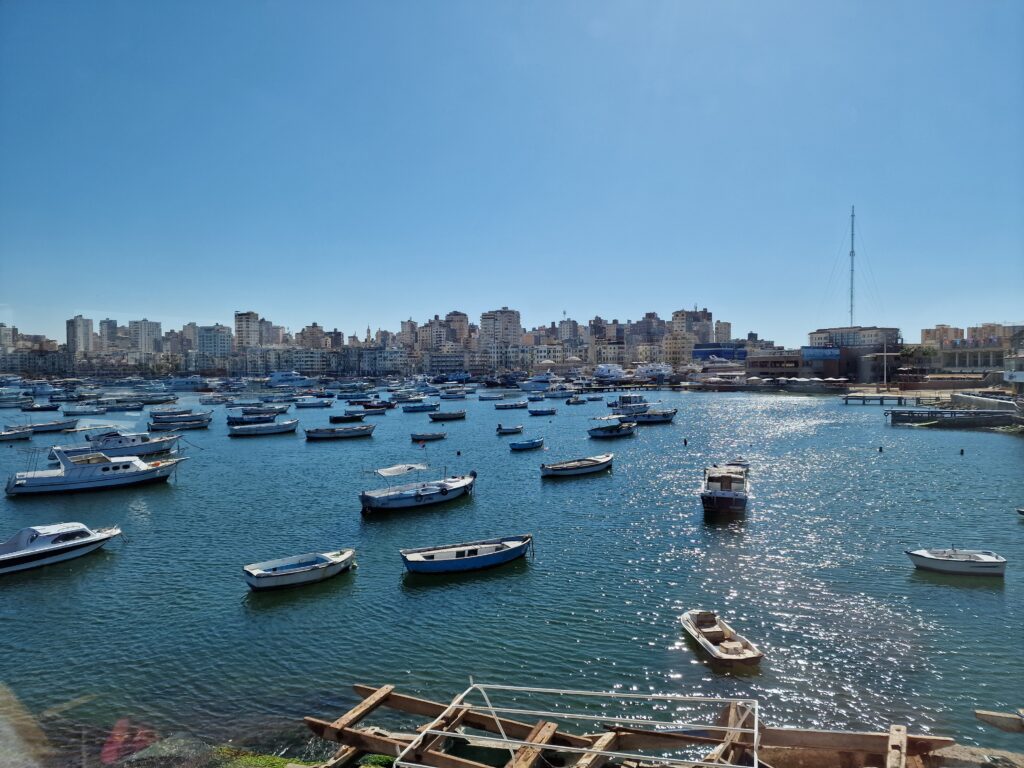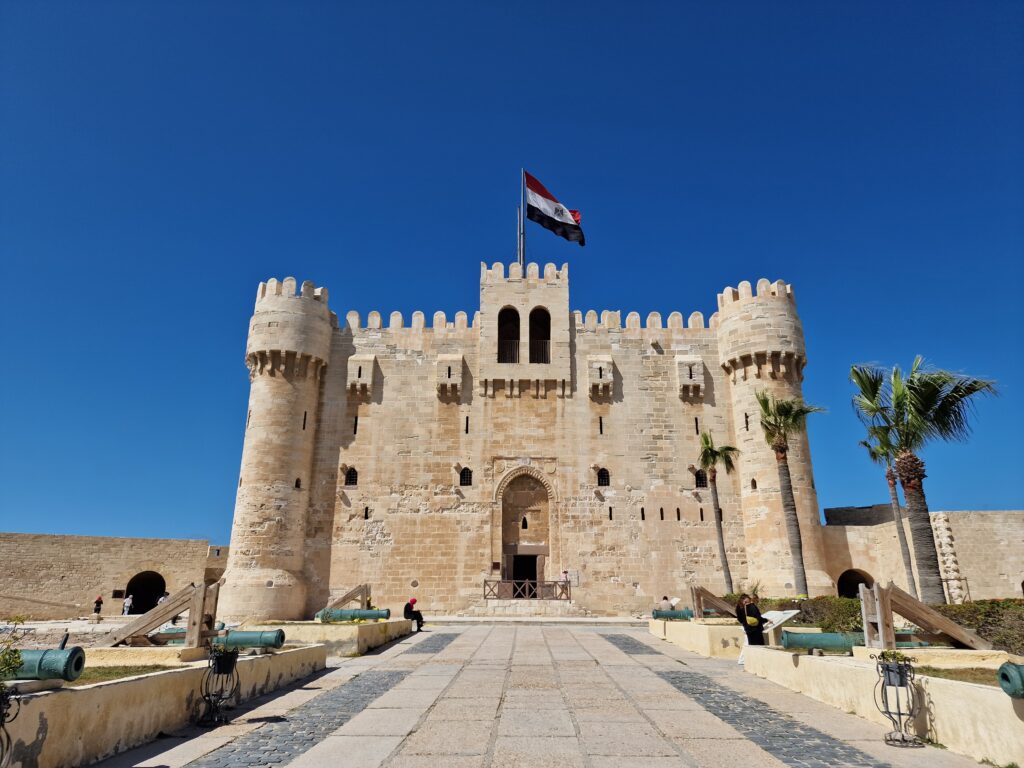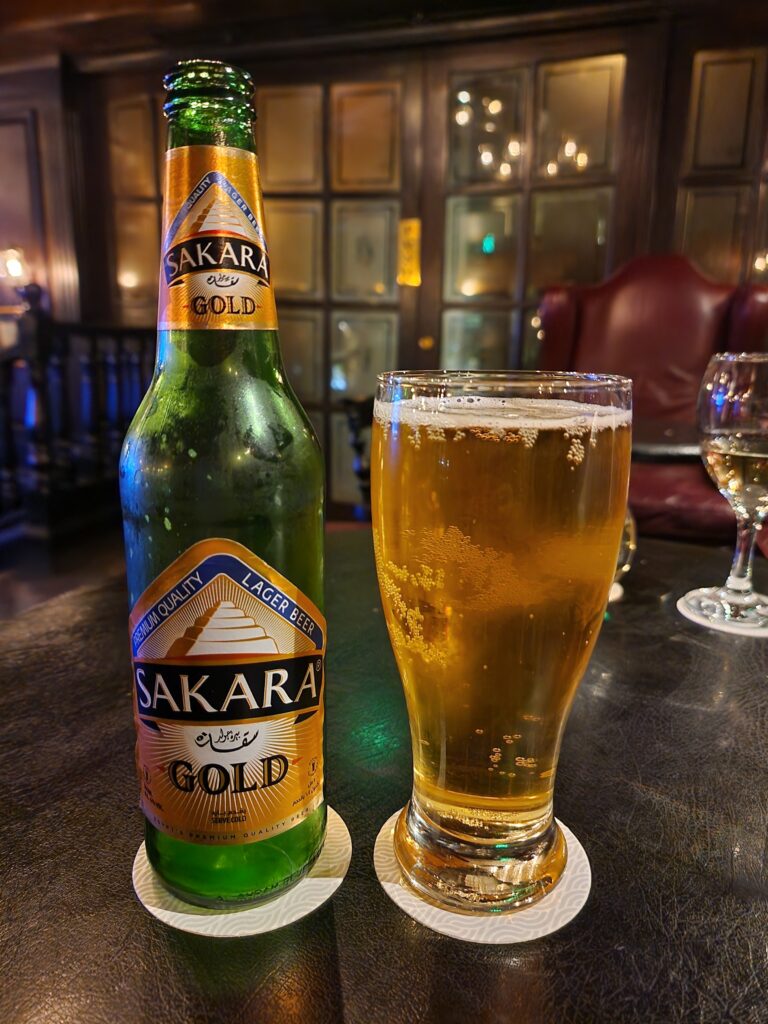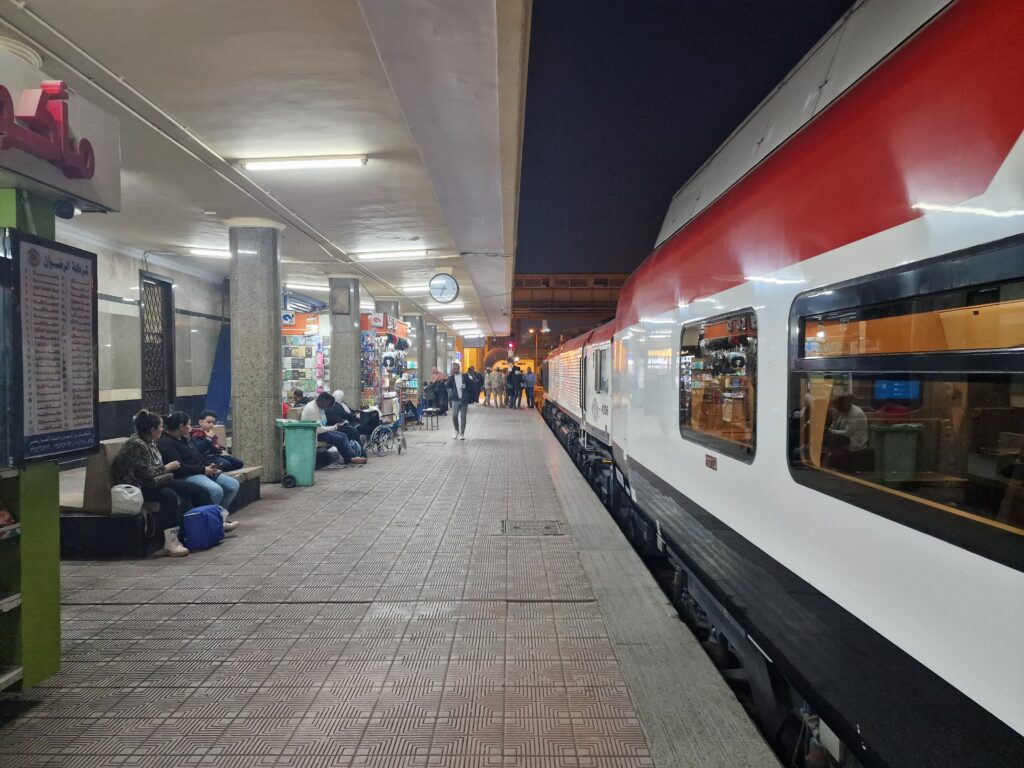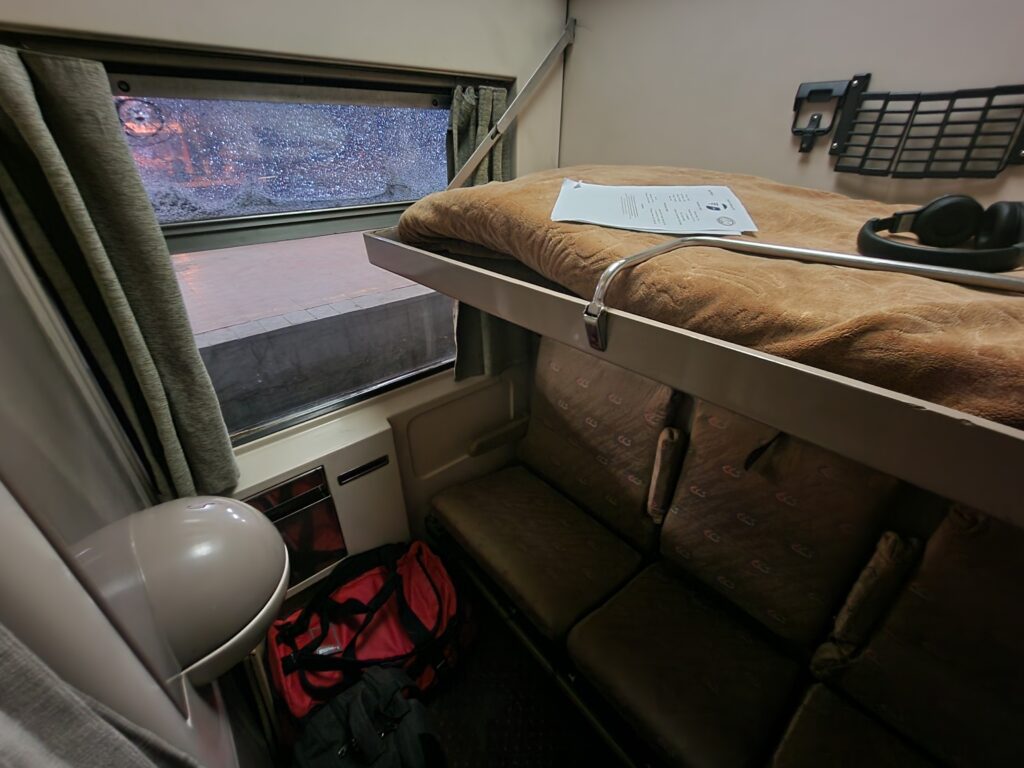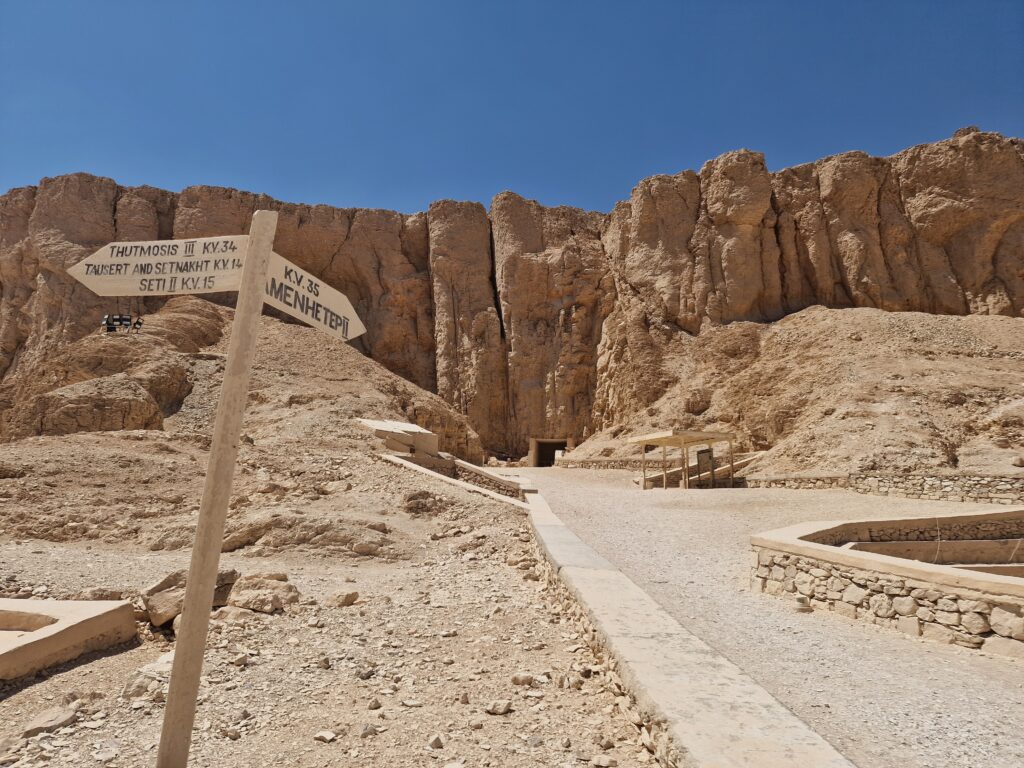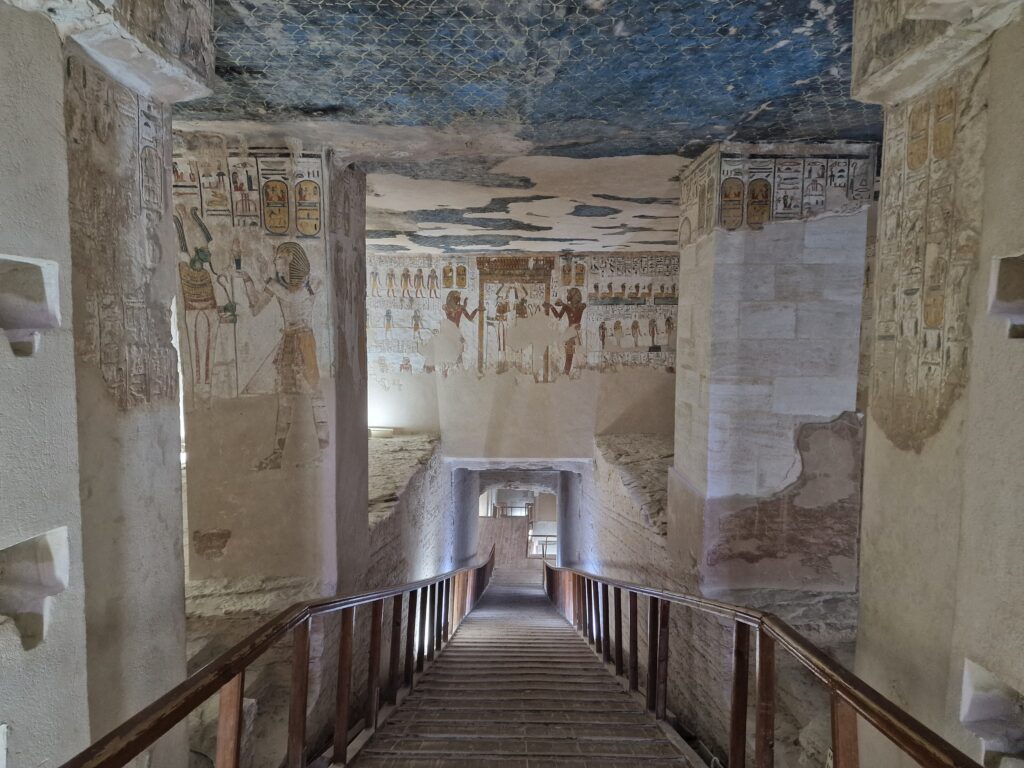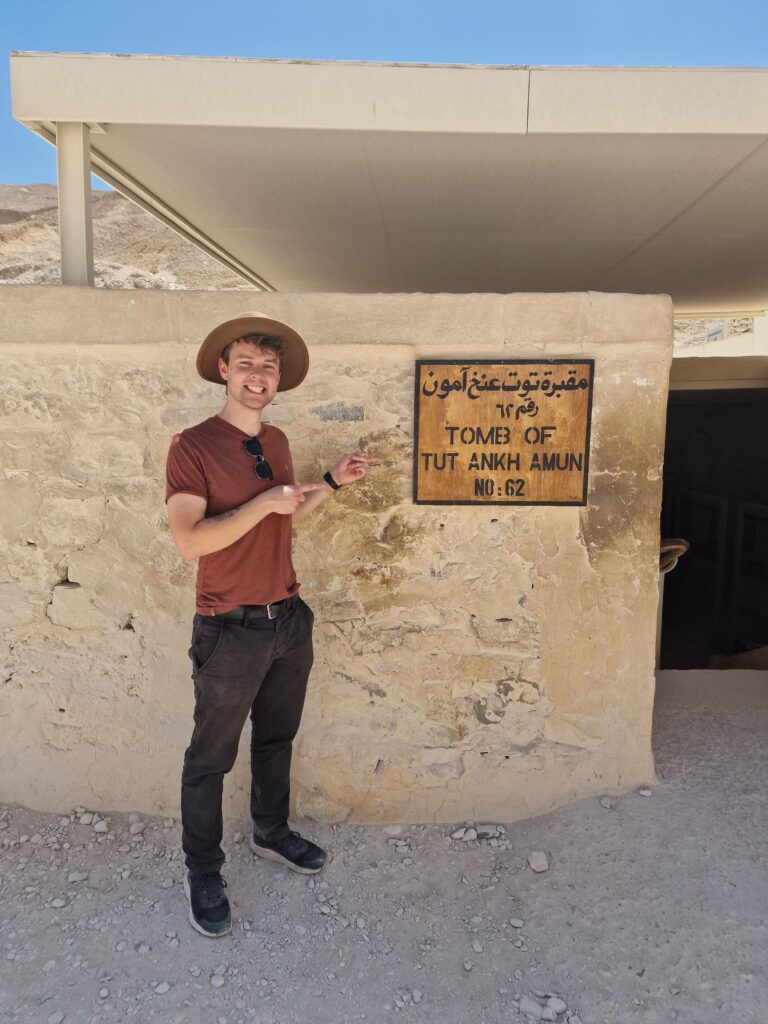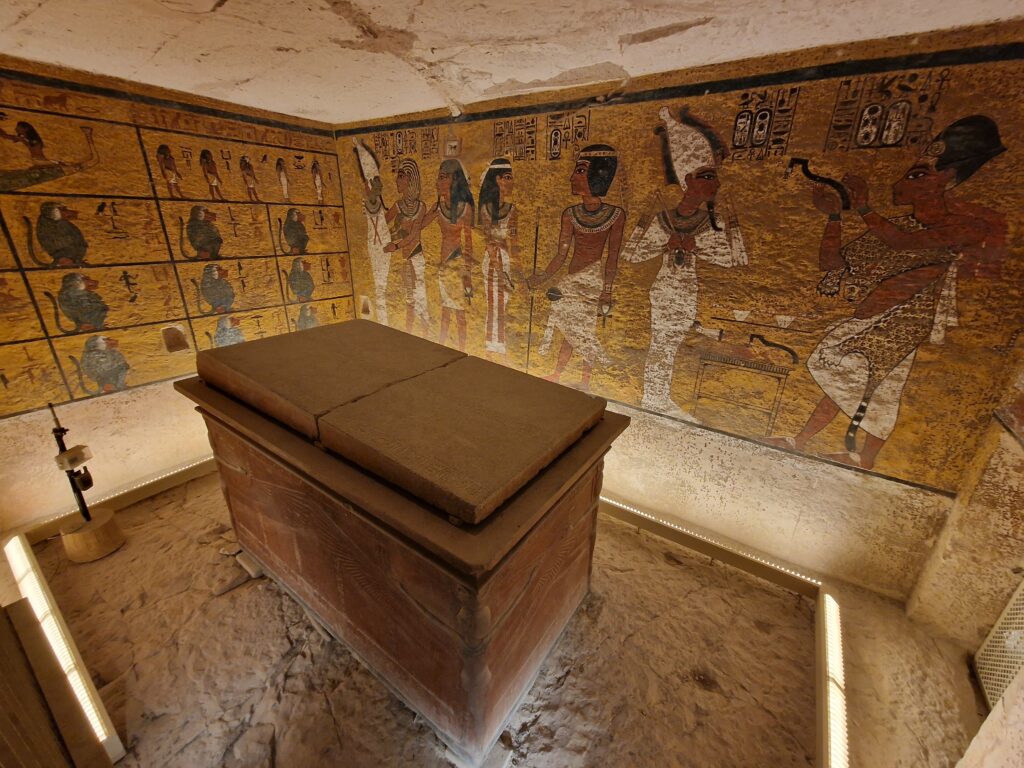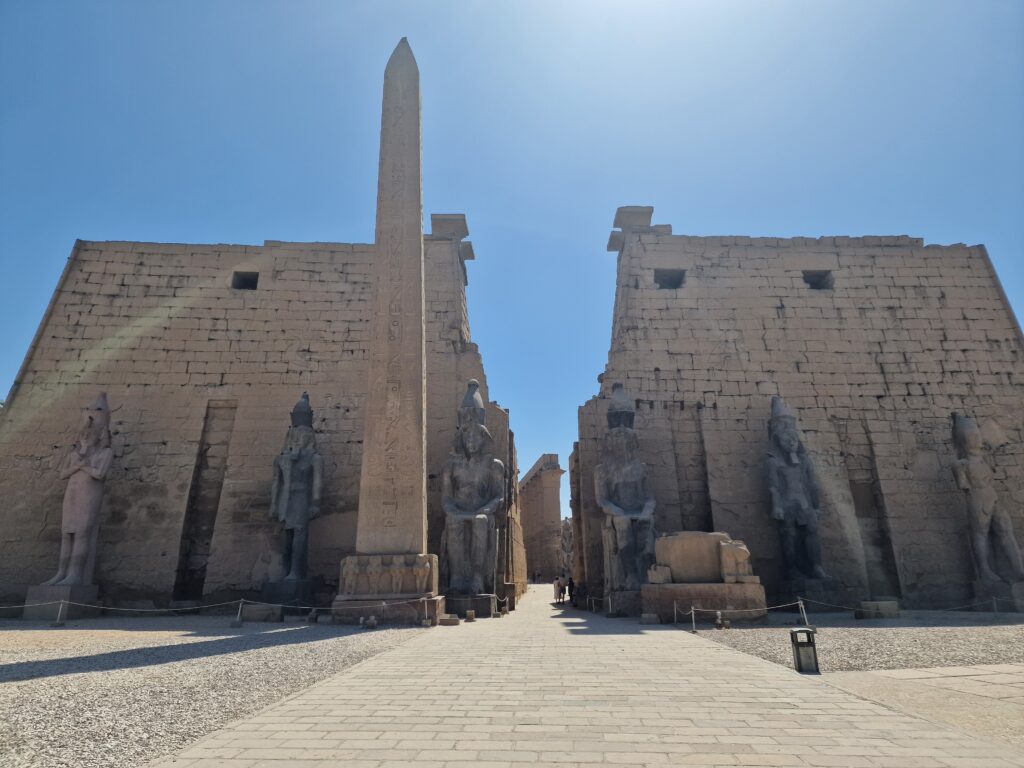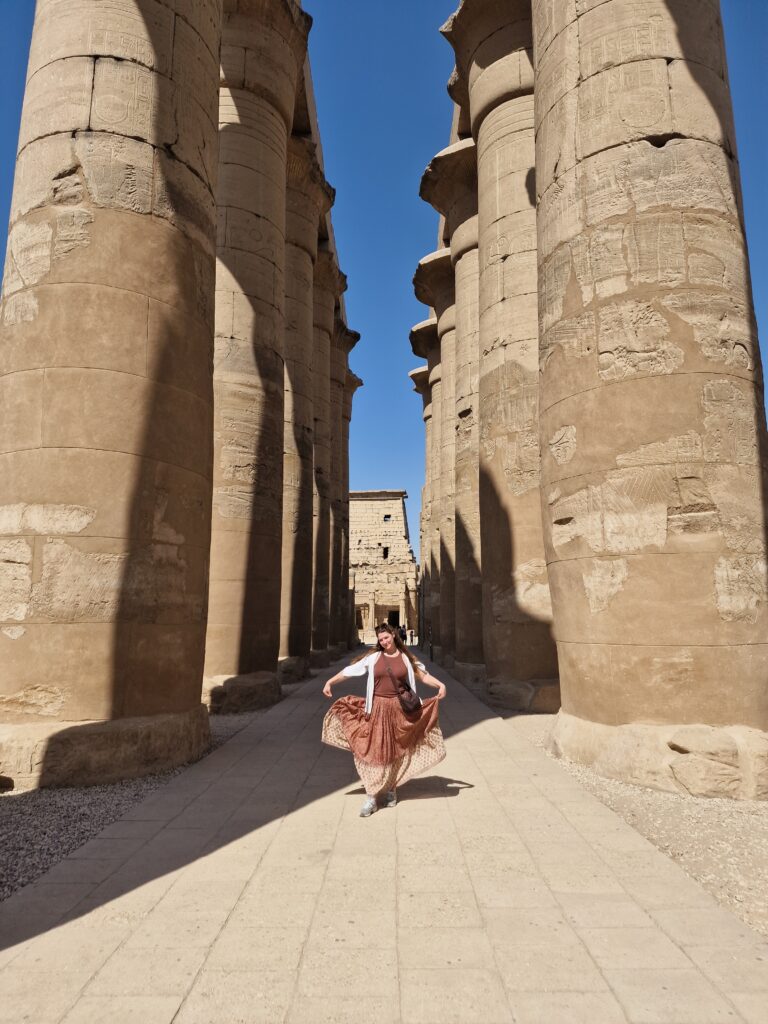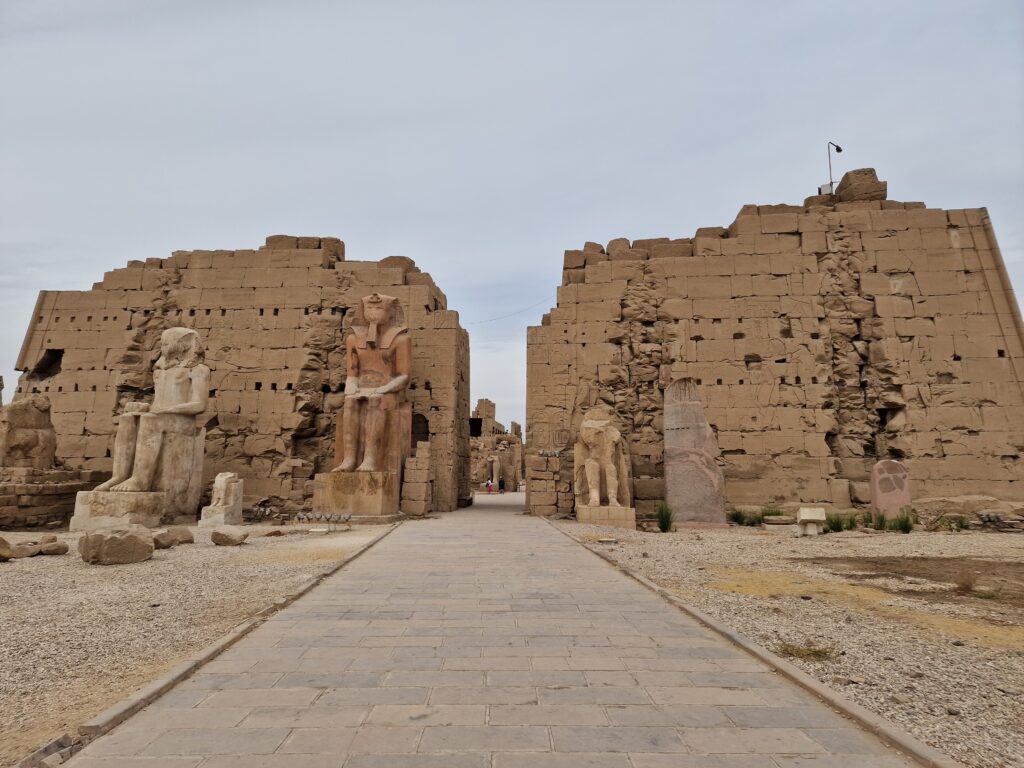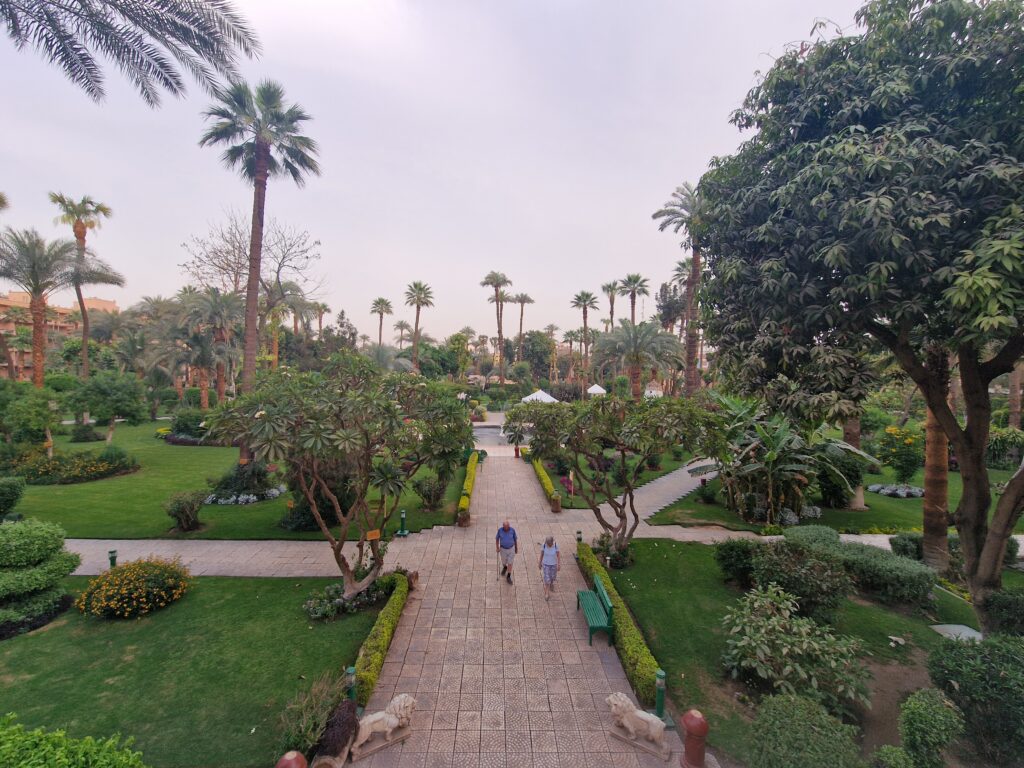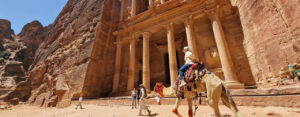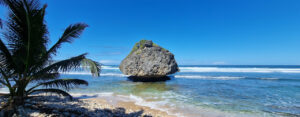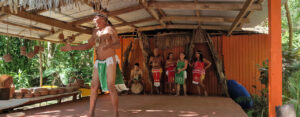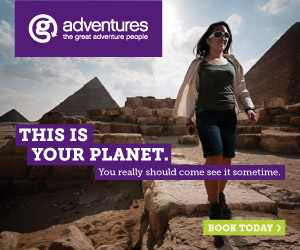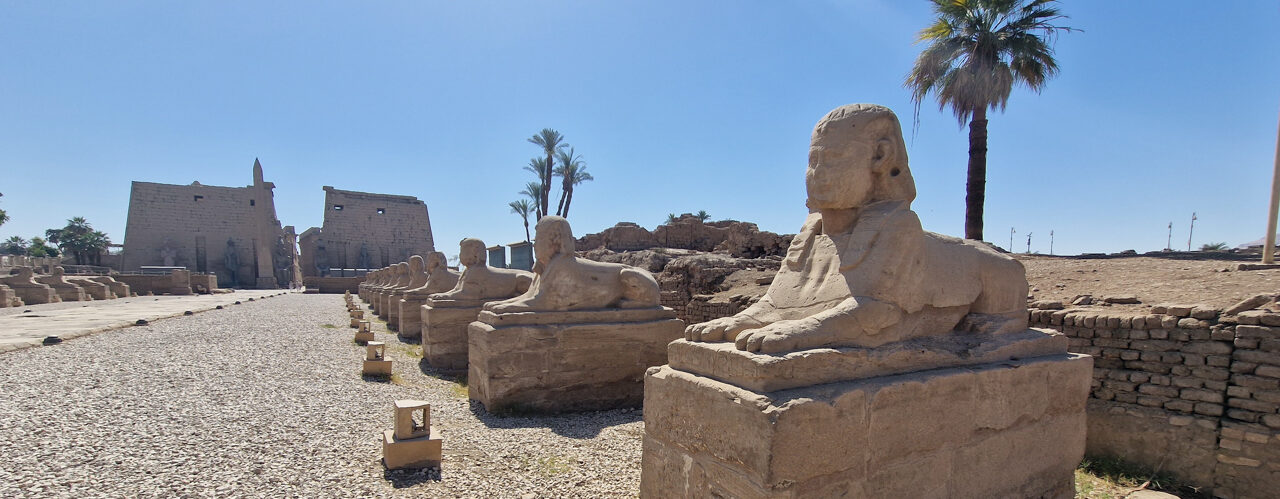
Tomb Raider
Following a frenzied few days in the smoggy capital, we decided that some sea air would work wonders for our clogged sinuses, taking a two-and-a-half-hour Uber to the coastal city of Alexandria for the utterly ridiculous price of twenty pounds sterling. Travelling in the relative comfort of a taxi for such a great distance wouldn’t be something we would normally dream of doing but at that price, we would’ve gone anywhere just for the ride. I was informed by an extremely talkative local on the plane a few days prior that the Egyptian currency had crashed in recent months, and our budget lift was proof of that if proof were needed. We disembarked on the blustery shores of the Mediterranean and began exploring the nation’s second city.
Alexandria is most well-known for its two almost mythical constructions: the Great Library and the Great Lighthouse, the latter of which is one of the seven wonders of the ancient world akin to the Pyramids of Giza. Unfortunately, neither exists today due to fire and plunder although the city has built one of, if not the, finest modern libraries I have ever perused on the supposed spot where the original one once stood. With eleven capacious floors and space for up to eight million books, it’s slightly more impressive than the Oystermouth Community Library which has room for about seventeen, most of which are heavily chewed copies of Da Vinci Code.
To reach the site of the erstwhile lighthouse, which was replaced by a stone fortress several centuries ago, one must walk around the city’s attractive crescent-shaped bay. However, this proved quite challenging due to a pair of exceedingly suspicious blighters who decided to tail us at what they believed to be a discreet distance for most of our jaunt, pausing as we did, and generally looking shiftier than a Tory attempting to explain the location of Rwanda. We were relieved to reach the relative calm of Qaitbay Citadel with bags and wallets still on our persons and investigated her turrets and towers until our fishy friends decided to abandon their opportunist scheming. Fortunately, the city’s preeminent seafood restaurant also plies its trade just opposite the fortress where we were able to take shelter, acquire a couple of courses for the price of a Greggs meal deal, and order a cab to extract us, post-haste.
Looking to channel my inner Belgian detective, we decided to take a night train along the Nile Delta to the historic town of Luxor. A nine-hour journey, although the driver fancied doing it in three, with bed and board included as well as a fantastically cheery conductor to ease passenger discomfort over the crew of heavily armed guards that accompanied us. However, rather disappointingly, not a single murder took place—or even a common theft for that matter—and we disembarked the following morning without any Poirot-esque drama whatsoever, other than the dramatic performance of trying to keep our evening meals down while cornering a locomotive at ninety miles per hour. After swiftly dropping our bags in town, as well as our stomachs, we headed to its star attraction: the Valley of the Kings.
Nestled in a nearby mountain range, the legendary archaeological site is the location of Egypt’s most precious tombs where pharaohs and powerful nobles were buried with the things they most valued in life, notably not their wives, over three thousand years ago. Ramses III, Seti I, and, most famously, Tutankhamun were all waved into the afterlife there while those in the know believe that further thrilling finds are only a short dig away. Tut’s tomb, interestingly, is one of the smallest and most austere on site as he died before he was able to build a grander and more majestic structure. Aware of the ill fates and curses that befell the first archaeologists to unearth his final resting place we ensured that no mirrors, ladders, black cats, or Liz Truss’ were present before making our entrance.
The town of Luxor, formerly Thebes, also comprises two other major ancient sites in the form of its eponymous temple as well as Karnak. Both include menacing statues, endless monoliths, and gargantuan columns that beg the question as to their construction thousands of years prior. In the midday Saharan heat, we were struggling simply to wander let alone to build anything of enormous cultural significance. So parched were we that pretending to be guests at the nearby five-star Winter Palace was a must in order to gain access to their magnificent bar and garden, purely for hydration purposes, of course. Maintaining an aura of wealth and sophistication was no mean feat given that we both looked as if we’d spent an hour in the ring with Tyson Fury but pull it off, we possibly did. It also provided us with the perfect location from where to sit back, unwind, and draw the curtain on the hectic Egyptian leg of our south-south-eastern Mediterranean adventure. On to Cyprus.
J
